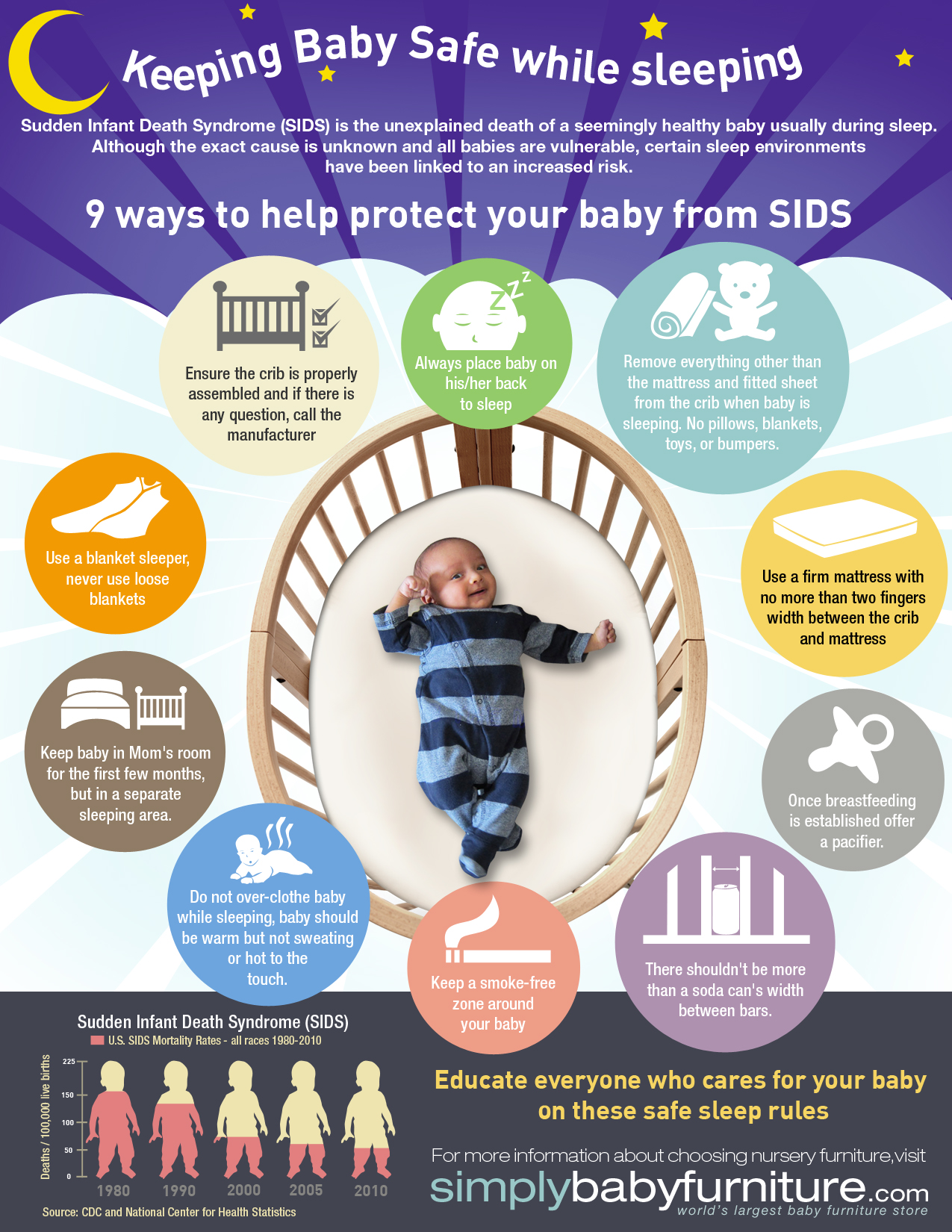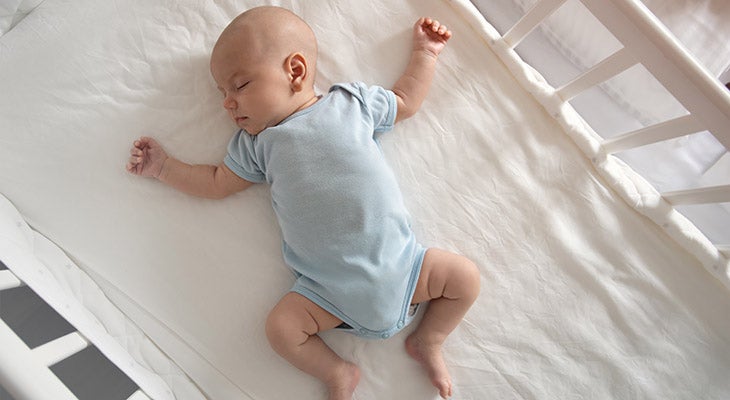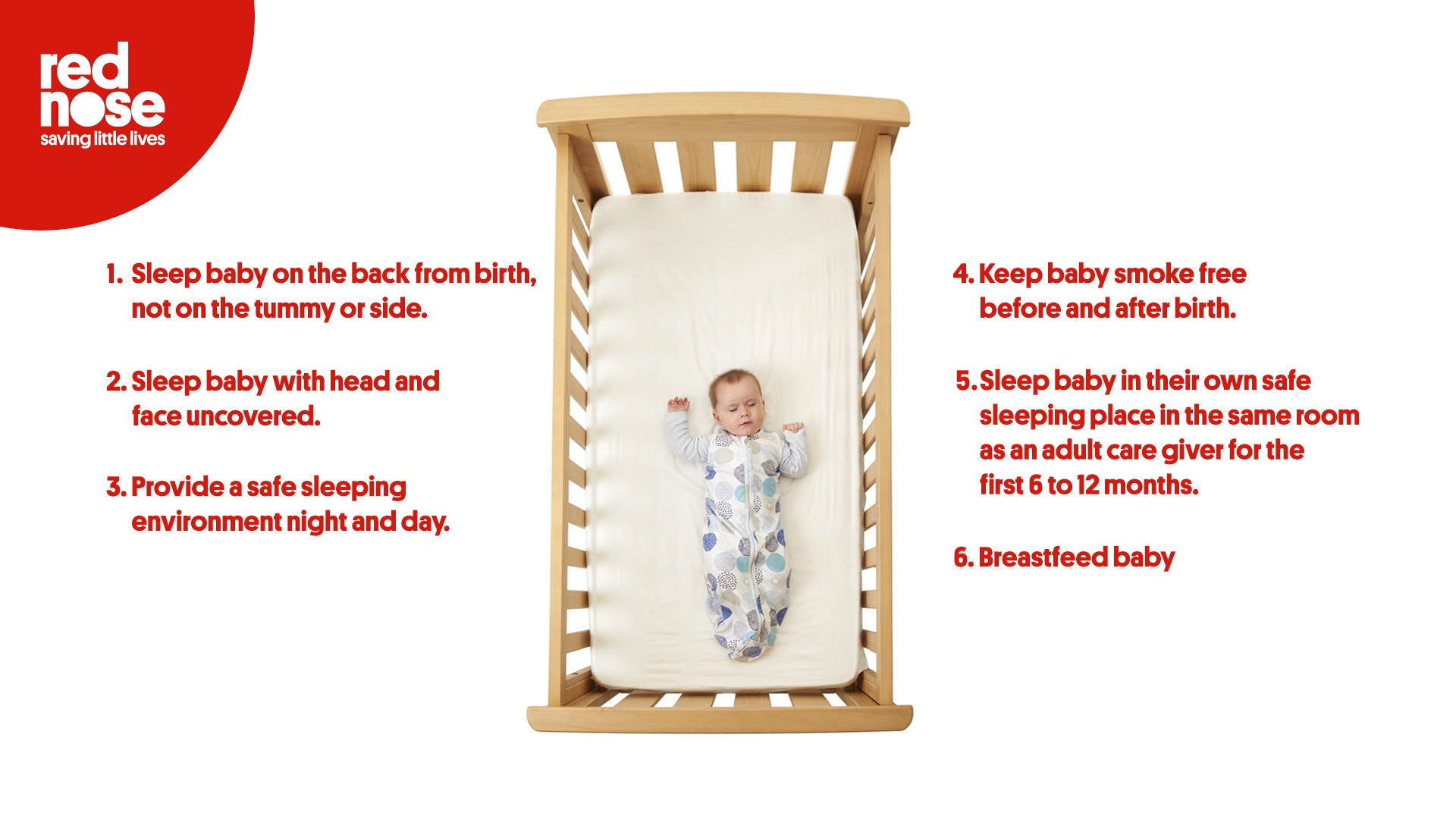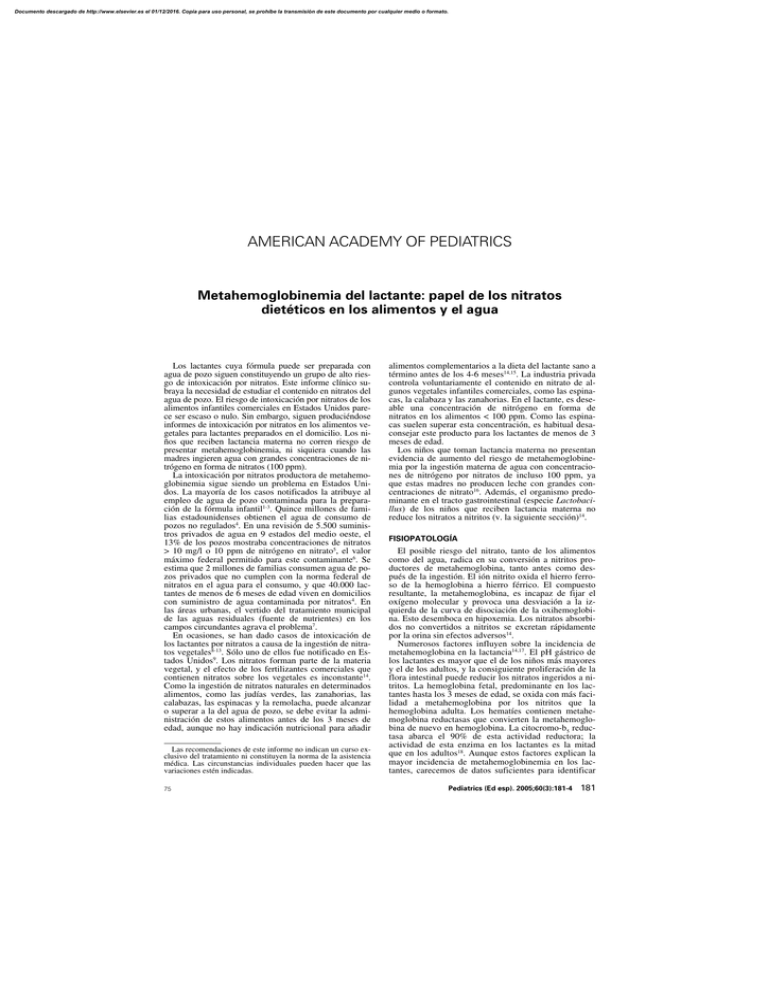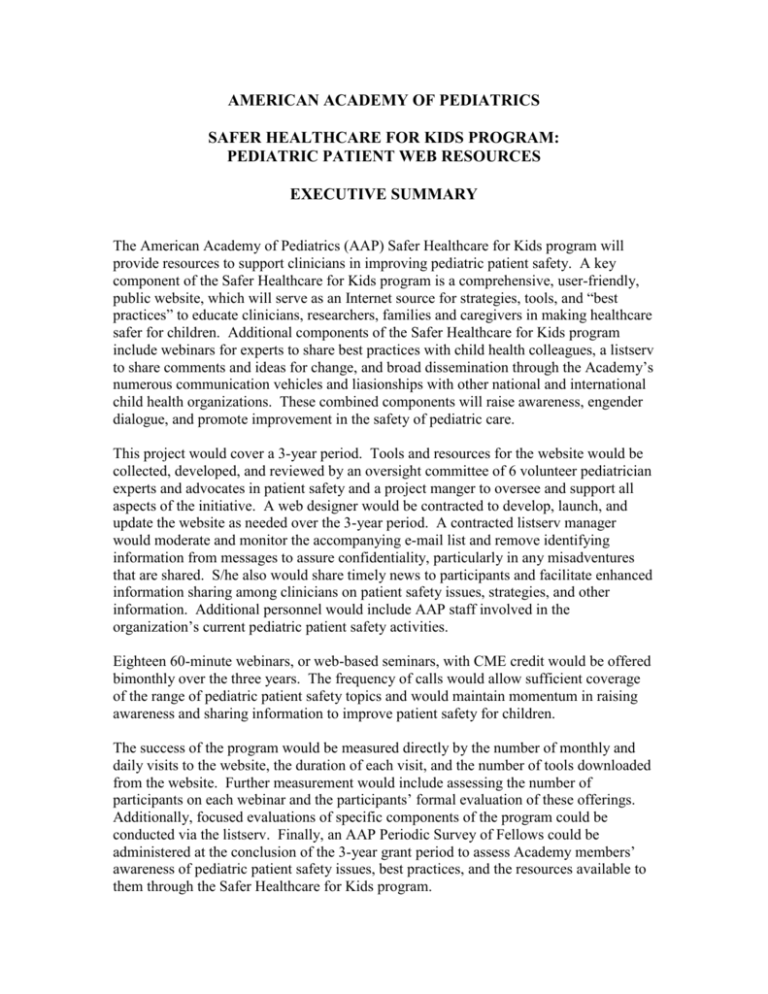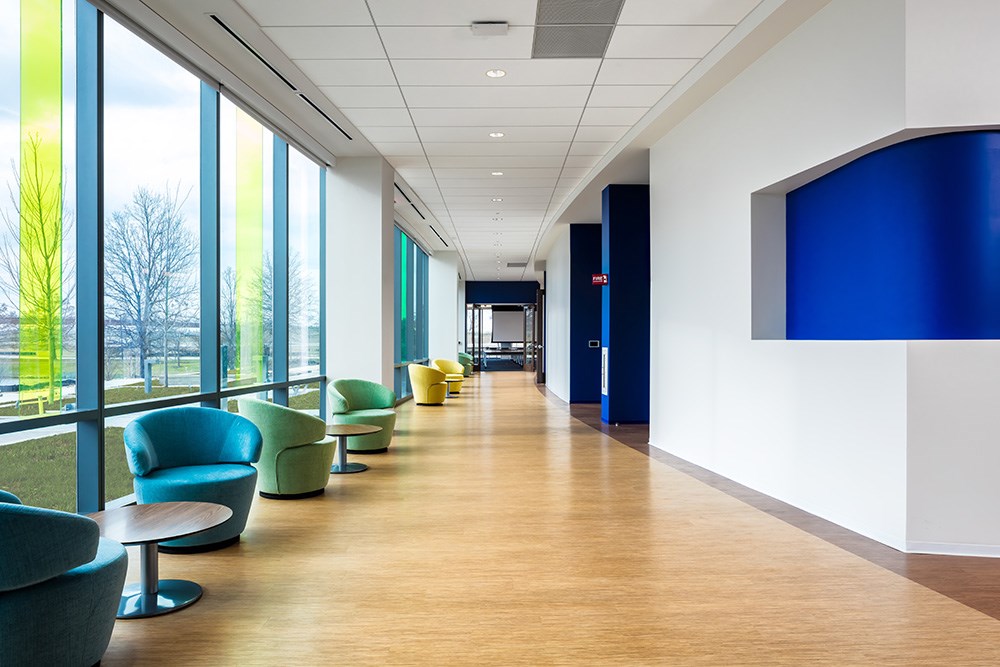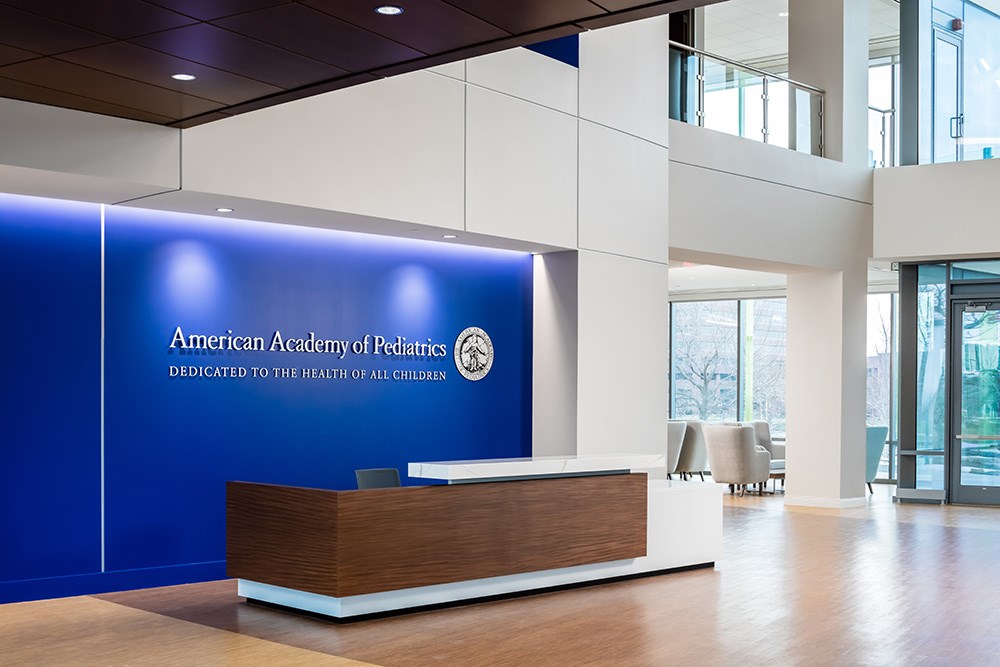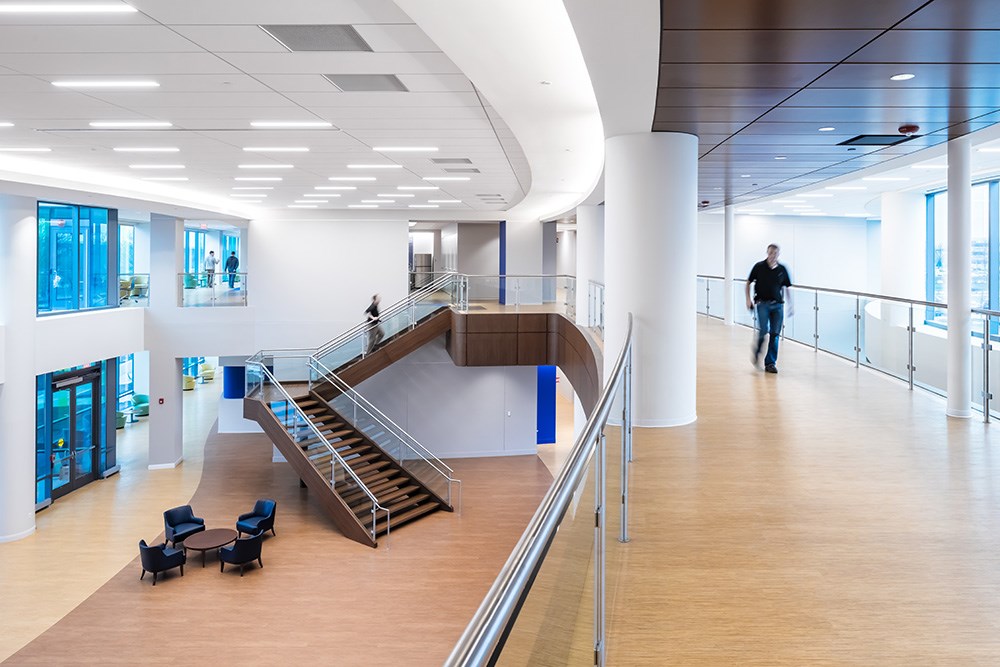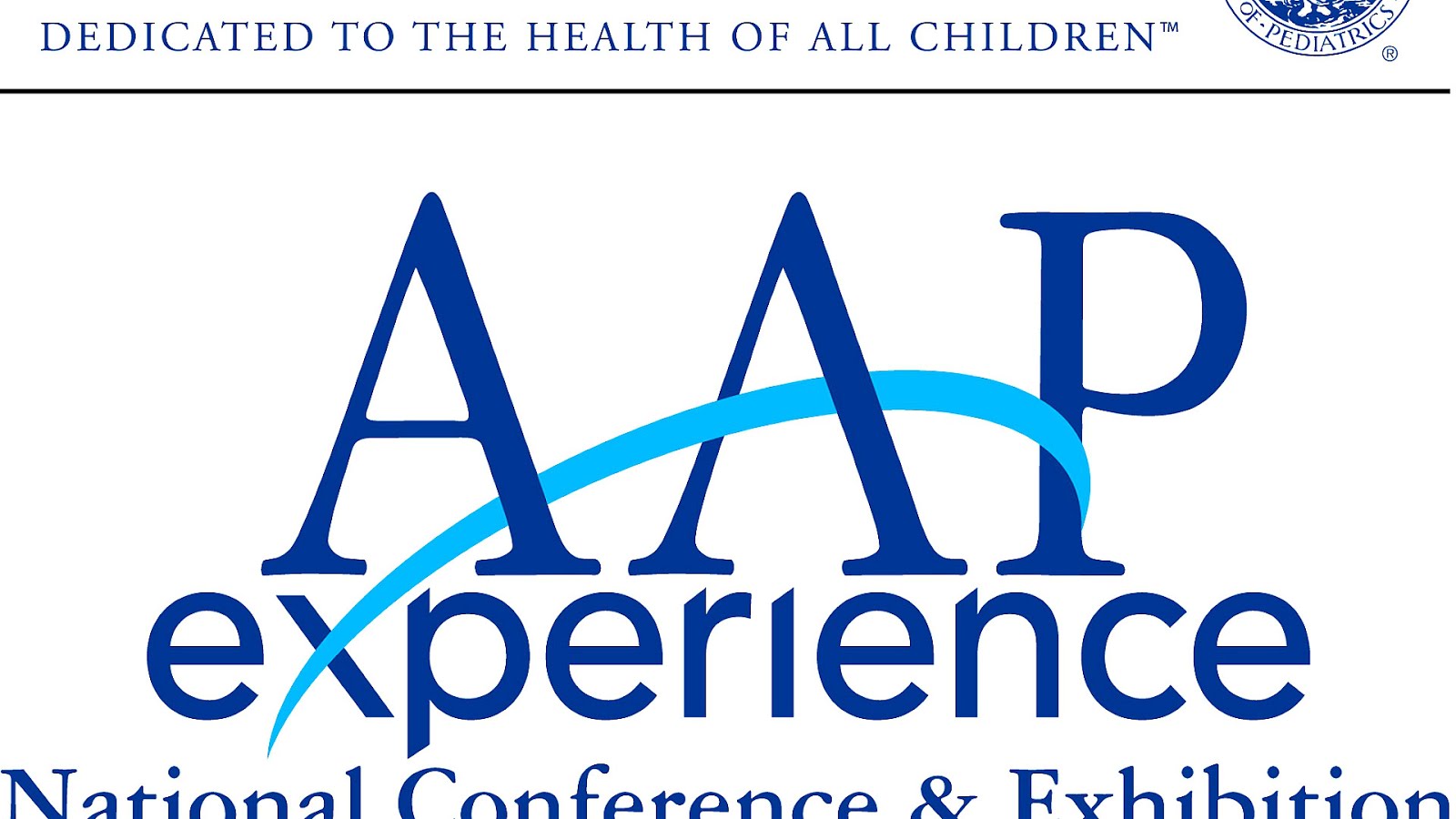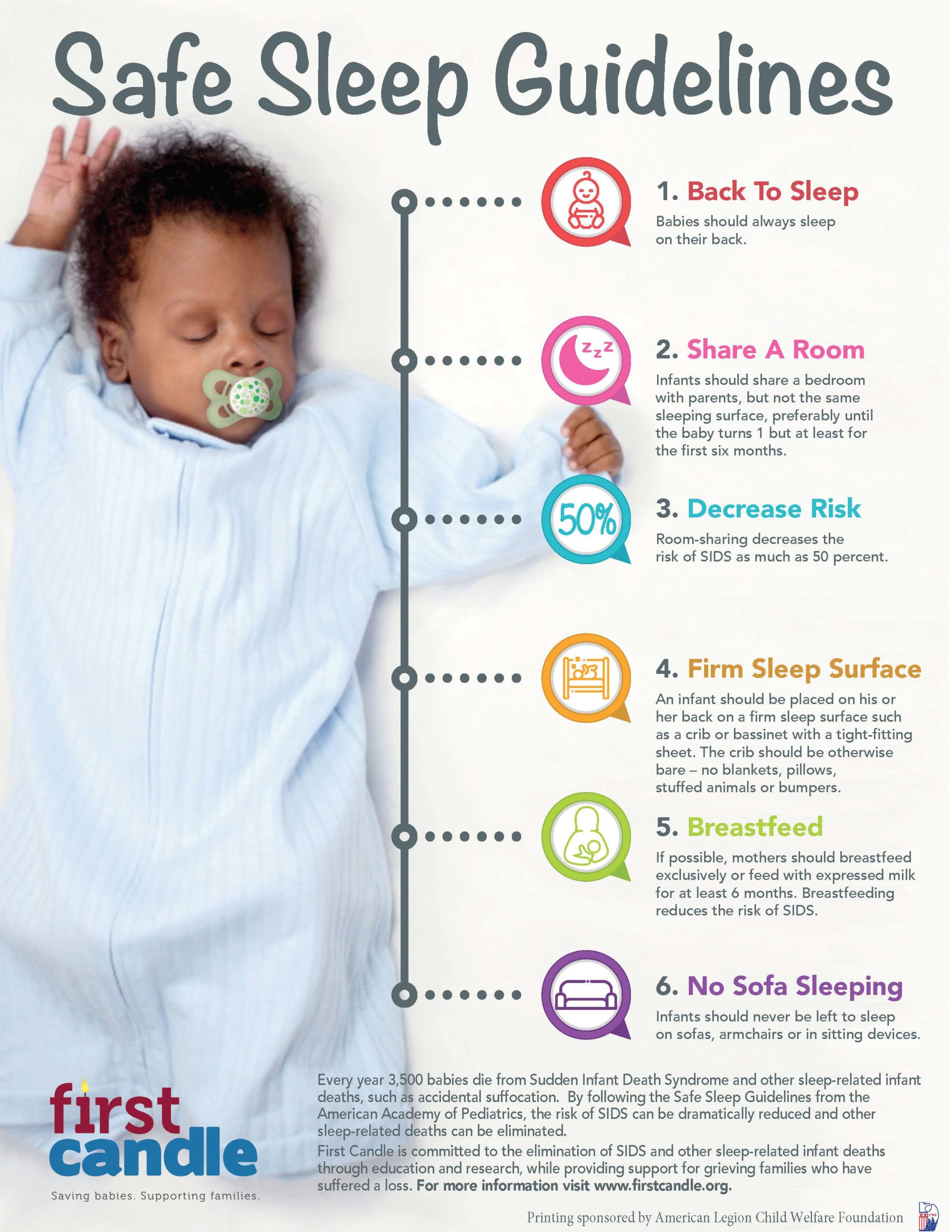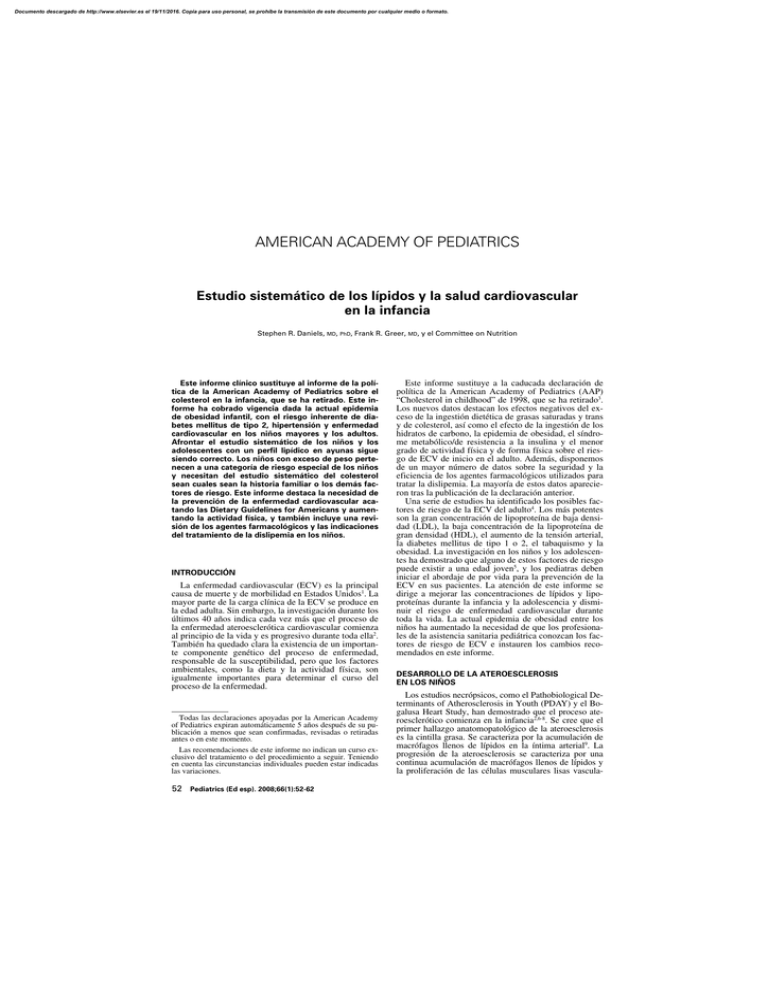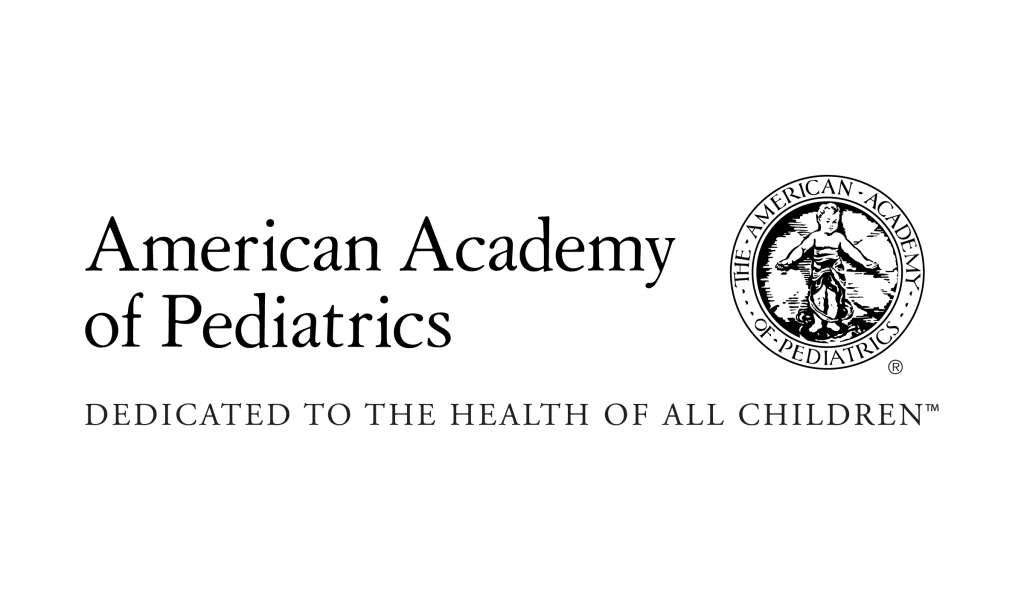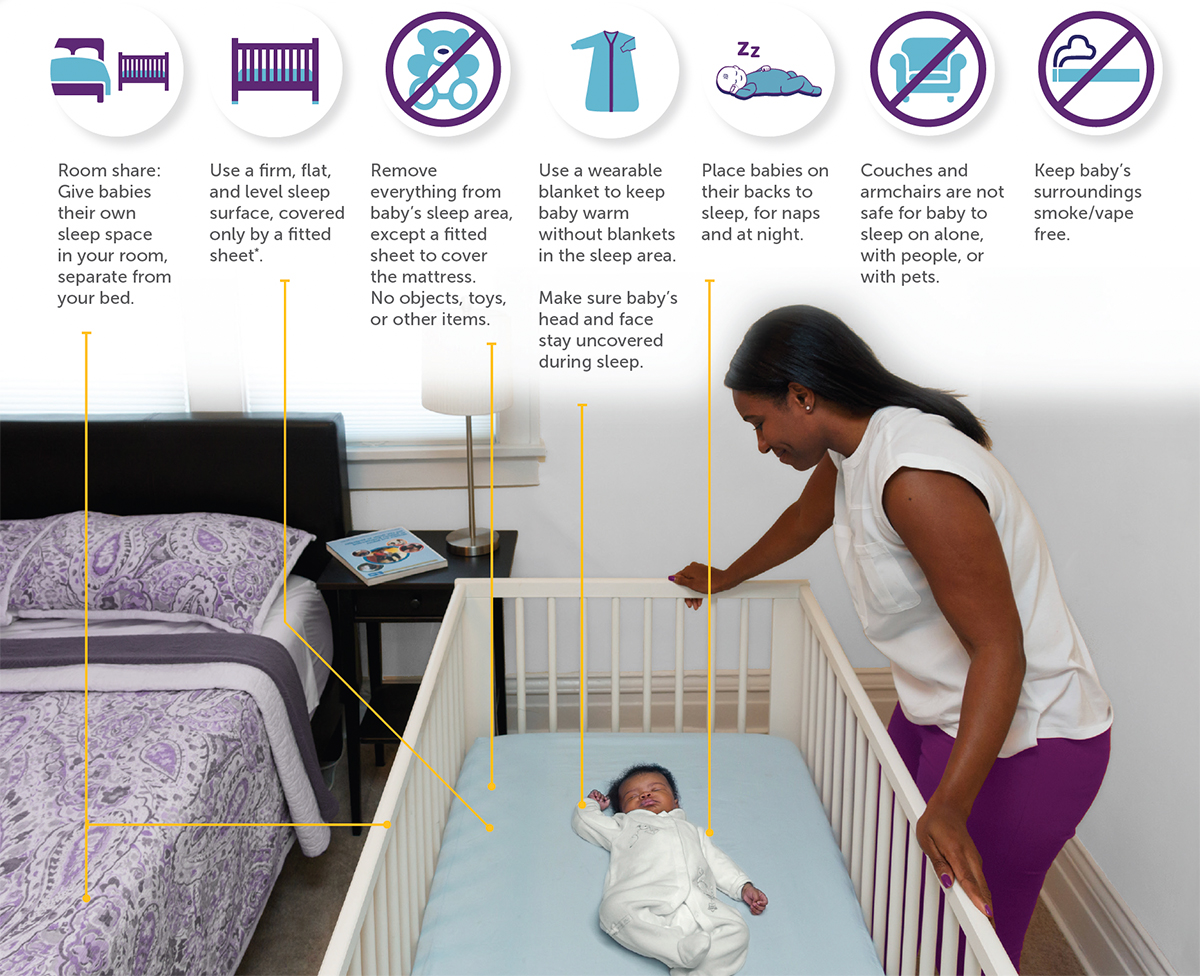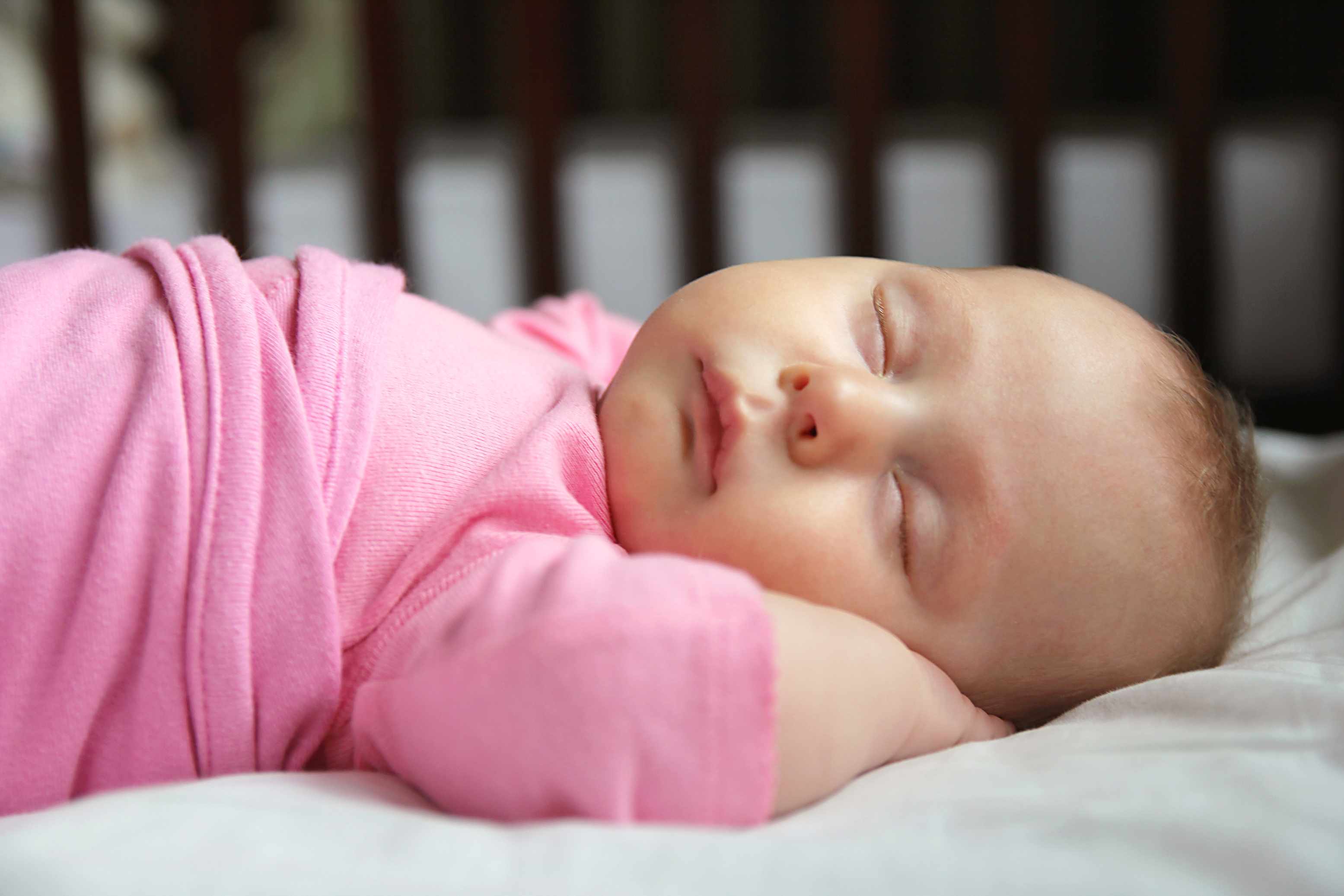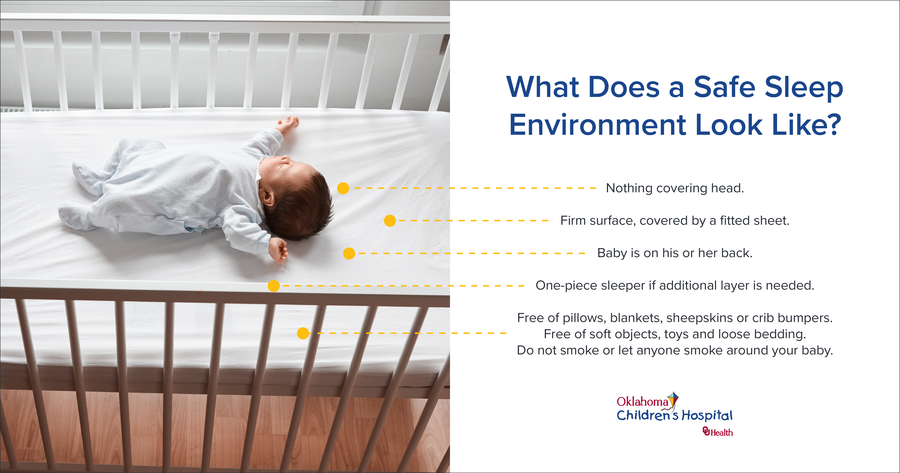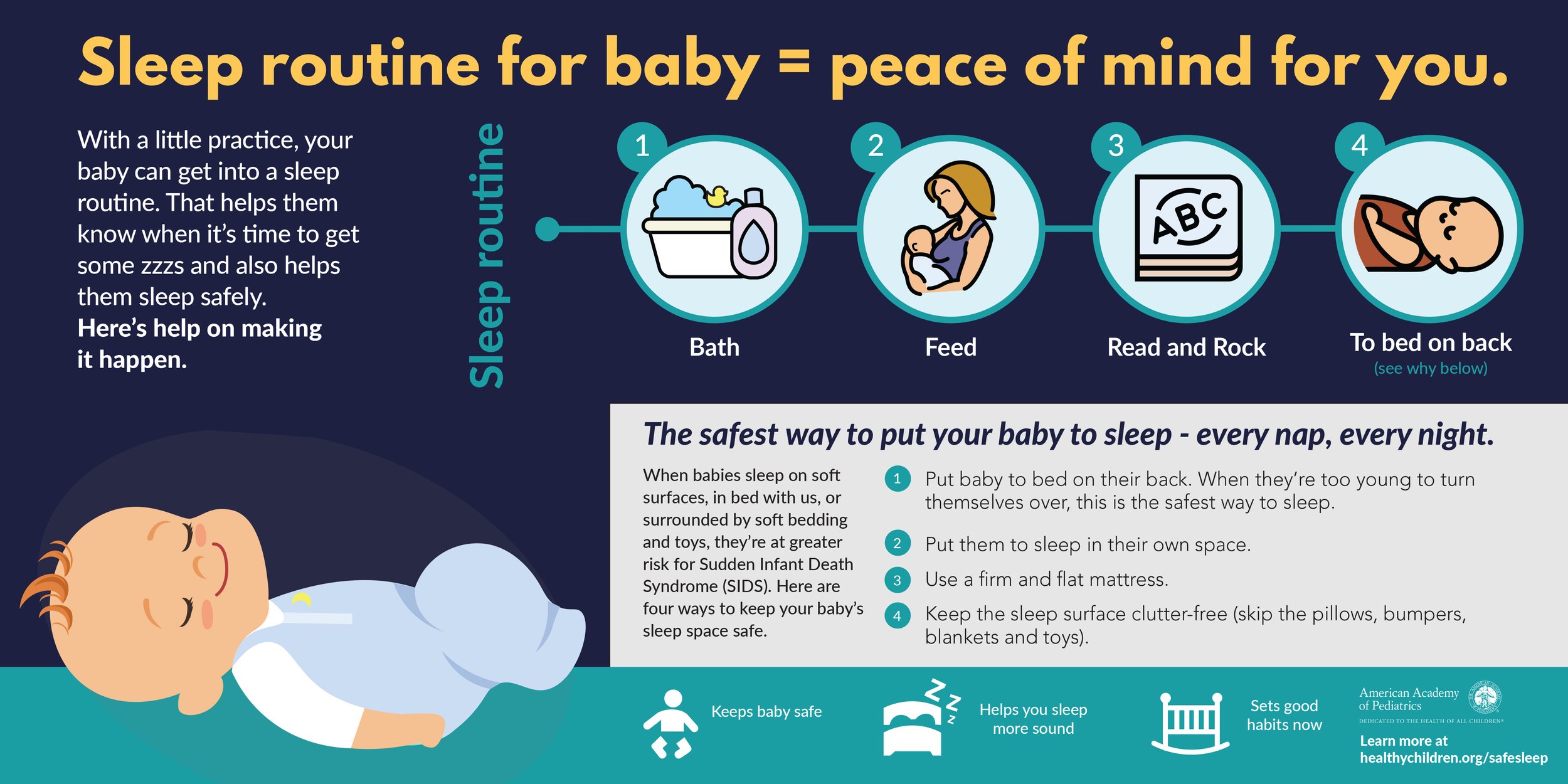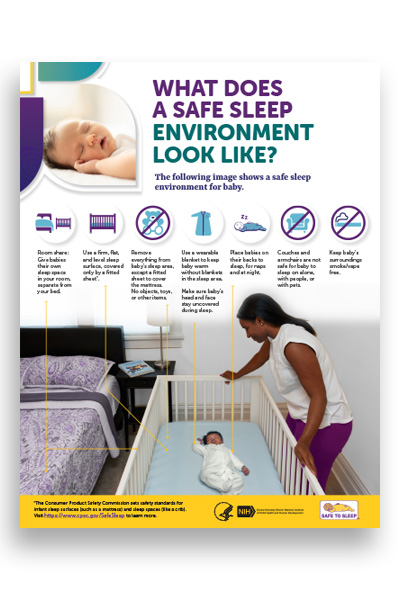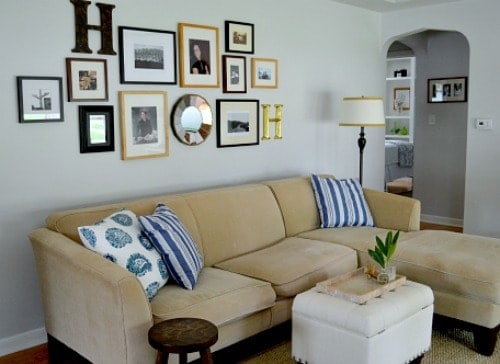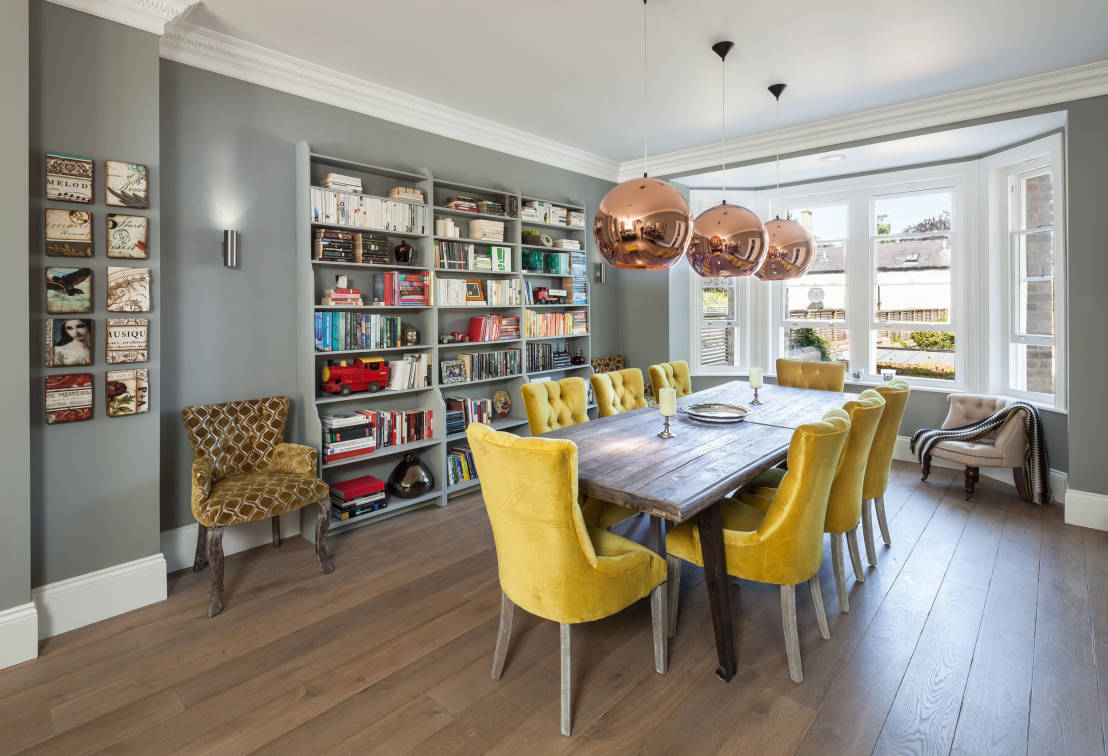As a parent, the safety and well-being of your baby is your top priority. One of the biggest concerns for new parents is ensuring that their baby is getting enough quality sleep. However, when it comes to safe sleep practices, there is a lot of misinformation and confusion. It can be overwhelming and scary to navigate through all the information and advice. That's why the American Academy of Pediatrics (AAP) has developed guidelines for safe sleep for babies, with the ultimate goal of reducing the risk of Sudden Infant Death Syndrome (SIDS).Safe Sleep for Babies: Reducing the Risk of SIDS | American Academy of Pediatrics
Sudden Infant Death Syndrome, or SIDS, is the sudden and unexplained death of an infant under one year of age. It is the leading cause of death for babies between one month and one year old. SIDS is a devastating tragedy for families, and the exact cause is still unknown. However, research has shown that certain risk factors can increase the likelihood of SIDS.What is SIDS?
One of the most significant risk factors for SIDS is an unsafe sleep environment. This includes placing your baby to sleep on their stomach or side. When a baby sleeps face down on a soft surface, such as a mattress, it can increase the risk of suffocation. This is because their nose and mouth can become pressed against the surface, making it difficult for them to breathe. Additionally, a baby who is sleeping face down cannot easily lift their head if they have trouble breathing, putting them at even greater risk.Why is Sleeping Face Down Dangerous?
The AAP recommends that all babies should be placed to sleep on their back until they are one year old. This is the safest position for your baby to sleep in. Not only does back sleeping decrease the risk of SIDS, but it also reduces the likelihood of other sleep-related deaths, such as suffocation or choking. Placing your baby to sleep on their back is the single most effective way to reduce the risk of SIDS.The Importance of Back Sleeping
In addition to back sleeping, there are other safe sleep practices that parents should follow to reduce the risk of SIDS, as recommended by the AAP:Other Safe Sleep Practices to Follow
Once your baby is able to roll over on their own, it is natural to worry about them sleeping on their stomach. However, once your baby can roll over, it is not necessary to constantly reposition them onto their back. The AAP states that once a baby is able to roll over, it is safe to let them find their own comfortable position while sleeping. This usually happens around six months of age.What to Do if Your Baby Rolls Over
As a parent, it is normal to have concerns about your baby's sleep and to want to do everything possible to keep them safe. By following the AAP's guidelines for safe sleep and ensuring that your baby sleeps on their back, you are significantly reducing the risk of SIDS and other sleep-related deaths. Remember, back sleeping is the safest position for babies to sleep in until they are one year old. By creating a safe sleep environment and following these recommendations, you can rest assured that your baby is getting the safe and quality sleep they need for healthy development.Conclusion
The Importance of Safe Sleeping for Babies
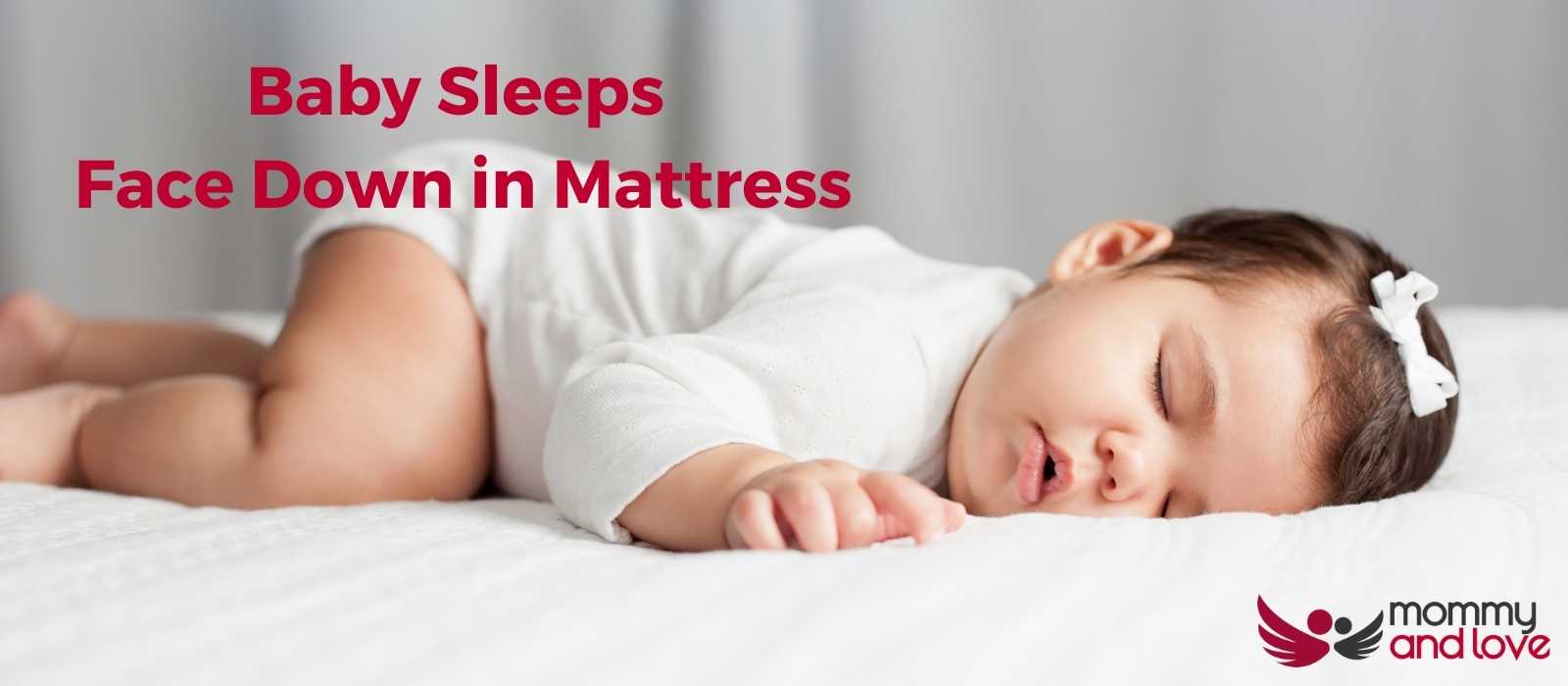
Why It's Important to Consider Baby's Sleeping Position in House Design
 When it comes to designing a house, there are many factors to consider, from aesthetics to functionality. However, one important aspect that is often overlooked is the safety and comfort of our little ones, especially when it comes to their sleeping environment. As a parent, your baby's safety is always a top priority, and that includes how they sleep.
Recently, there has been a controversial topic circulating in the parenting community -
babies sleeping face down in their mattresses
. Some parents believe that it helps their babies sleep better, while others argue that it poses a risk of suffocation. As a professional designer, it is important to educate ourselves and our clients on the implications of this sleeping position and how we can incorporate safety measures into our house design.
First and foremost, it is crucial to understand why babies sleeping on their stomachs is a cause for concern. When babies sleep face down, they are at a higher risk of
Sudden Infant Death Syndrome (SIDS)
. This is due to the fact that their airways can easily become obstructed by the mattress or bedding, leading to suffocation. In fact, the American Academy of Pediatrics recommends that infants should always be placed on their backs to sleep to reduce the risk of SIDS.
As a designer, there are a few simple steps that can be taken to ensure a safe sleeping environment for babies.
Proper ventilation and air circulation
in the baby's room is essential to reduce the risk of suffocation. This can be achieved through the use of ceiling fans, open windows or air purifiers. Additionally,
choosing the right mattress and bedding
is crucial. Opt for a firm and flat mattress to prevent any sinking or suffocation hazards. Avoid using soft bedding such as pillows, blankets or sleep positioners, as they can also pose a risk of suffocation.
Another important aspect to consider is
positioning of the crib
. As tempting as it may be, do not place the crib next to a window with curtains or blinds that can pose a strangulation hazard. It is also recommended to keep the crib away from any potential hazards such as cords or outlets.
In conclusion, as designers, it is our responsibility to create a safe and comfortable environment for our clients and their families. When it comes to babies, every little detail matters, including their sleeping position. By considering these safety measures in our house design, we can ensure that our little ones can sleep soundly and safely. Remember, a well-designed house is not only aesthetically pleasing, but it also promotes the well-being of its inhabitants.
Put safety first in your designs and create a space where both parents and babies can rest easy.
When it comes to designing a house, there are many factors to consider, from aesthetics to functionality. However, one important aspect that is often overlooked is the safety and comfort of our little ones, especially when it comes to their sleeping environment. As a parent, your baby's safety is always a top priority, and that includes how they sleep.
Recently, there has been a controversial topic circulating in the parenting community -
babies sleeping face down in their mattresses
. Some parents believe that it helps their babies sleep better, while others argue that it poses a risk of suffocation. As a professional designer, it is important to educate ourselves and our clients on the implications of this sleeping position and how we can incorporate safety measures into our house design.
First and foremost, it is crucial to understand why babies sleeping on their stomachs is a cause for concern. When babies sleep face down, they are at a higher risk of
Sudden Infant Death Syndrome (SIDS)
. This is due to the fact that their airways can easily become obstructed by the mattress or bedding, leading to suffocation. In fact, the American Academy of Pediatrics recommends that infants should always be placed on their backs to sleep to reduce the risk of SIDS.
As a designer, there are a few simple steps that can be taken to ensure a safe sleeping environment for babies.
Proper ventilation and air circulation
in the baby's room is essential to reduce the risk of suffocation. This can be achieved through the use of ceiling fans, open windows or air purifiers. Additionally,
choosing the right mattress and bedding
is crucial. Opt for a firm and flat mattress to prevent any sinking or suffocation hazards. Avoid using soft bedding such as pillows, blankets or sleep positioners, as they can also pose a risk of suffocation.
Another important aspect to consider is
positioning of the crib
. As tempting as it may be, do not place the crib next to a window with curtains or blinds that can pose a strangulation hazard. It is also recommended to keep the crib away from any potential hazards such as cords or outlets.
In conclusion, as designers, it is our responsibility to create a safe and comfortable environment for our clients and their families. When it comes to babies, every little detail matters, including their sleeping position. By considering these safety measures in our house design, we can ensure that our little ones can sleep soundly and safely. Remember, a well-designed house is not only aesthetically pleasing, but it also promotes the well-being of its inhabitants.
Put safety first in your designs and create a space where both parents and babies can rest easy.
